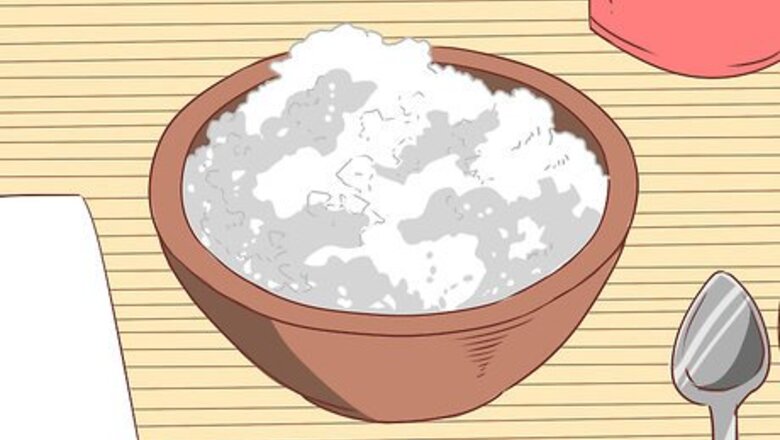
views
X
Trustworthy Source
PubMed Central
Journal archive from the U.S. National Institutes of Health
Go to source
Taking Epsom Salt Laxatives
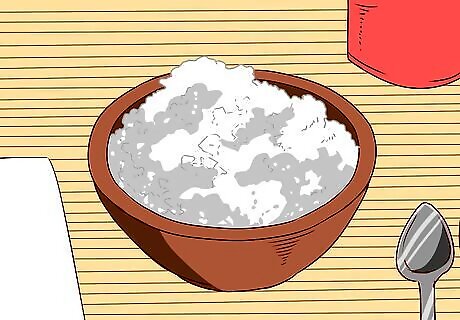
Buy the right Epsom salt. There are numerous types of Epsom salt that you can buy. Make sure the type of Epsom salt you buy has magnesium sulfate as its main ingredient. If it has any other type of ingredient as the main ingredient, do not buy it. You could poison yourself if you buy the wrong kind. Try brands such as Epsoak Epsom Salt.
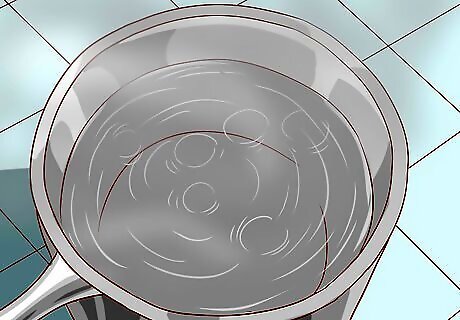
Warm some water. To begin an Epsom salt mixture for a laxative, warm eight ounces (237 mL) of water in a pot on the stove over medium heat. Don't let the water boil, but make sure it is warmer than room temperature. This can take a few minutes.
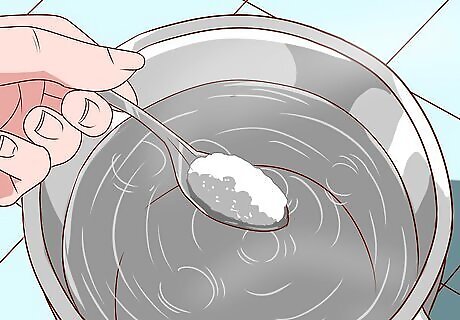
Add the salt. Add 2 to four 6 teaspoons (12 to 36 g) of Epsom salt to the warm water mixture if the mixture is for an adult. Stir well under low heat until all the salt has dissolved. If the salty taste bothers you, add a small amount of lemon juice to help with the taste. Alternatively, use the microwave to heat the water first, then add the salt.

Drink the mixture. Once you take it off the stove, set it aside in a mug or cup to cool. Allow the mixture to cool down to a comfortable and drinkable temperature. When it is cool enough for you to drink but still warm, drink the whole cup at once.
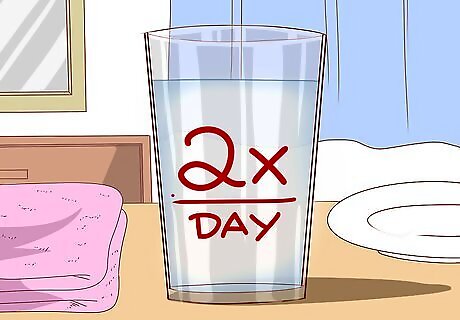
Drink only twice a day. This mixture is safe to use twice a day as long as you don’t exceed the maximum recommended dose of 6 teaspoons (36 g). Drink the doses at least 4 hours apart. You can continue drinking this mixture for up to 4 days. If after 4 days you haven’t had any bowel movement or if you still feel constipated, call your doctor for advice. Epsom salts taken as a laxative generally work within 30 minutes to 6 hours. Make sure you take it during a time where you have easy access to a bathroom to avoid accidents or discomfort. If you are giving the laxative to a child under the age of 12, you may use one to two level teaspoons (6 to 12 g). Do not give this mixture to children under 6 years old. The safety of Epsom salt as a laxative on this age group has not been tested.
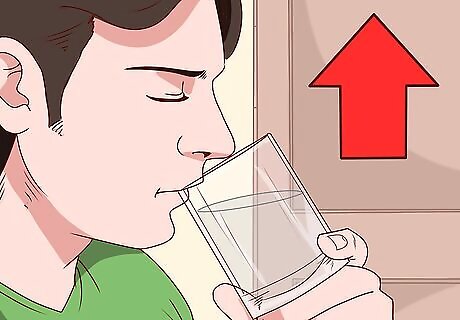
Drink more water. While you are taking Epsom salt as a laxative, increase your water intake. The mixture can cause dehydration and you need to keep your water levels up in order to stay hydrated and healthy. Increased water intake can also help with your bowel movements, so it is helpful in multiple ways.
Knowing When To Avoid Epsom Salt
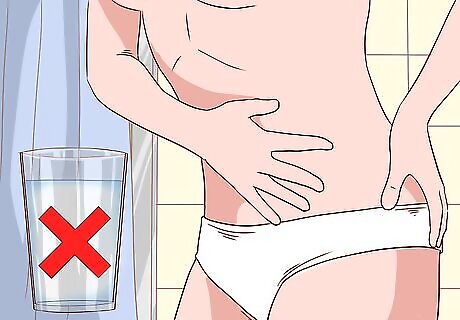
Avoid Epsom salt if you have certain symptoms. Constipation can come along with other symptoms. If you are experiencing any symptoms other than constipation, avoid taking Epsom salt or any other laxative until you call you doctor. Never take Epsom salt as a laxative if you are experiencing severe stomach pain, nausea, vomiting, have had a sudden change in bowel habits that has lasted two weeks or longer, are suffering from rectal bleeding, or have dark, tarry stools.
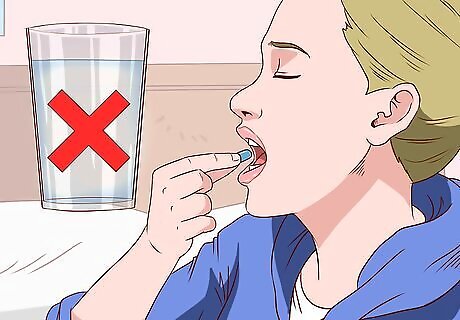
Do not take Epsom salts while on certain medications. There are certain medications that cannot be taken with Epsom salts. Do not use Epsom salt as a laxative if you are taking antibiotics such as tobramycin, gentamicin, kanamycin, neomycin, and amikacin. If you are currently taking other medications such as corticosteroids, blood pressure medications, diuretics, pain relievers, antacids, or antidepressants, consult your physician before using Epsom salts as a laxative.

Consult a doctor if you have certain conditions. There are some conditions that might be complicated if you take Epsom salt. Make sure you check in with your physician before using Epsom salt as a laxative if you have kidney disease, diabetes, high blood pressure, any known heart arrhythmia, or if you have an eating disorder. Also ask your doctor if it is safe for you to use if you are pregnant or breastfeeding. Also contact your doctor before using it if you have used another laxative in the last two weeks that has not worked for you.
Understanding Constipation
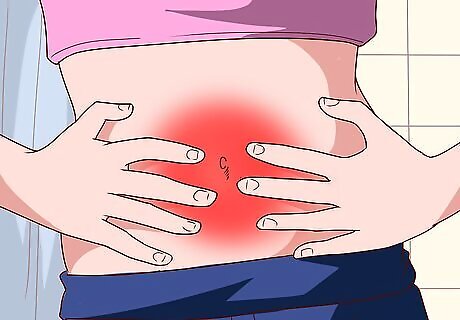
Recognize constipation. Constipation is the difficult or uncomfortable passage of stools. The most common symptoms of constipation are a decreased number of bowel movements, smaller than normal stools, stool that is difficult to pass, and pain or bloating in your abdomen. If constipation becomes chronic or long-term, it can be serious and you should consult a physician.

Discover the causes of constipation. Constipation commonly occurs because people don’t include enough fiber or water in their diet. Constipation can also be due to too little exercise or as a side effect of a number of different drugs. These include antacids, diuretics, narcotic pain relievers, antidepressants, and muscle relaxants. Constipation can also be caused by pelvic disorders or it can be a sign of irritable bowel syndrome (IBS), a form of which has both diarrhea and constipation. It is important to remember and realize that constipation can be a symptom of a number of more serious medical disorders including diabetes, an underactive thyroid, inflammatory bowel disease, and some neurological disorders. Other causes of constipation are changes in your daily routine such as travel and not enough time to have bowel movements. This can happen if you have a particularly busy lifestyle or are busy helping spouses, partners, or children or are a caregiver to an elderly relative.
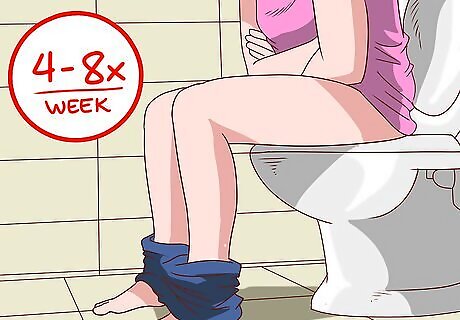
Monitor your bowel movements. There is not really a set rule to how frequently you should have a bowel movement. Most people feel most comfortable when they have at least one bowel movement every day, but there is a wide variation for normal bowel movements. Some people have two to three bowel movements a day and this is perfectly normal. Other people have a bowel movement every other day, and this is normal for them. In general, at least four to eight times a week seems to be most common. The key is your diet and comfort level. People with more frequent bowel movements tend to have high fiber diets and are often vegetarians or vegans. Those with fewer bowel movements tend to have a higher meat content in their diet.



















Comments
0 comment